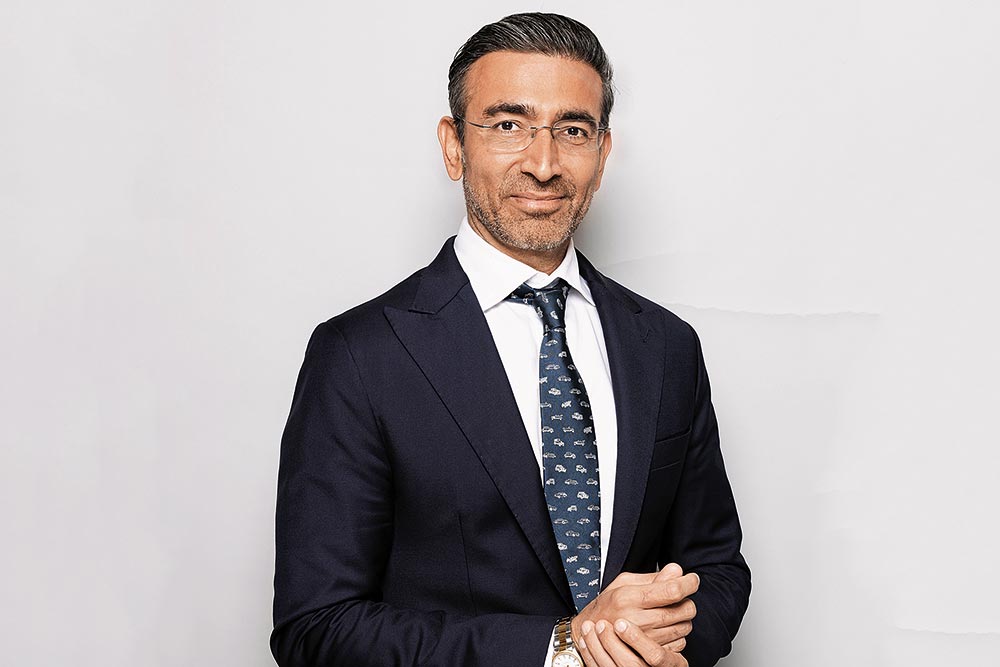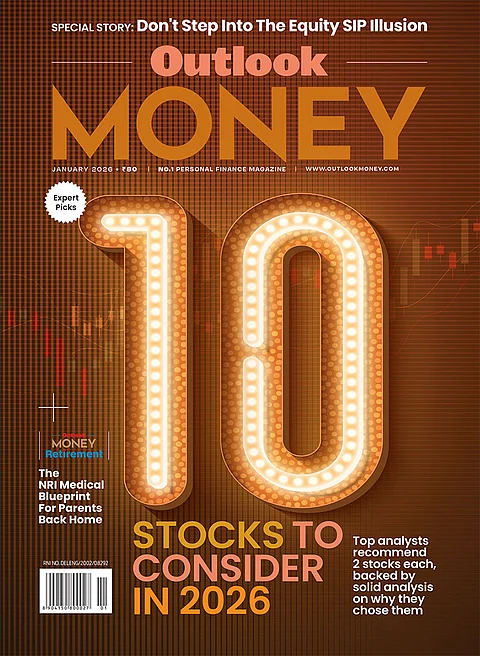The last few years have seen India step up its conservation efforts. Did you know that the number of Rhinos in India has increased from 2,577 to 4,014 since 2006? While you may have seen these majestic beasts on a TV documentary or even for real during a safari, it is also likely that you would have heard the term “Grey Rhino” in the context of financial risk.
In the world of Finance, most discussions on risks revolve around the term “Black Swan”: events that are so rare, that we often cannot even perceive the possibility of their existence. These are the Unknown Unknowns. Covid 19 is an example. On the other hand, there are the Grey Rhinos or Known Unknowns, the risks that are highly probable, with high impact and yet neglected. By the way, practically all Rhinos are grey in colour. Grey Rhinos are not random unexpected events but come with a series of warnings. Climate change is an example.
In India, some of these Grey Rhinos have been known to trouble the market’s journey for some time. Sharp increases in Oil prices, consecutive years of deficits in rainfall, Political and Policy Uncertainty, Global and local financial stresses, Capital flight from FPIs, are some that come to mind.
A closer look at these Grey Rhinos is reassuring though. The strength of these Grey Rhinos to rock the Indian markets have reduced significantly at the moment.
Oil on the boil won’t raise temperatures here (at least the shock)
In the past, Indian macroeconomic fundamentals were always at the risk of seeing significant deterioration with a sharp increase in oil prices. Today, a host of factors protect us: an increase in the use of alternative fuels, increasing development of renewable energy generation capacity, high forex reserves, and an increase in domestic production of fuels. On the external balance sheet front, our increasing strength in software exports continues to provide a buffer. The recent increase in the price of crude oil to US$100 didn’t have a significant impact on Indian fundamentals.
Deficient rainfalls (2024 could be a consecutive El Niño year) will trouble but are well-mitigated
With the high possibility of El Niño playing out again this year, India runs a significant risk of seeing a deficient rainfall. With India having a significant proportion of the populace dependent on agriculture, deficient monsoons have created significant problems ranging from a food security crisis to a farmer income crisis. A silver lining in recent years is the increase in irrigated land in India, along with significant rise in availability of food stock buffers. Crop diversification, increasing non-farm incomes in the rural sector add further buffers.
Development of domestic investor base reduces risks from foreign capital flight.
India seems to have succeeded in creating a wide investor base, that backs Indian fundamentals with their money. Monthly SIP inflows in MFs stood at a record Rs. 17,610 crores in December 2023, and are expected to grow further. Other institutional sources, such as those from EPFO, NPS, and Insurance, continue to be net buyers of Indian equities. These flows have protected Indian markets against recent FPI outflows.
Global economic and financial stress are countered by robust domestic economy
With India continuing to increase its share of external trade as a percentage of its GDP, any volatility in global economic landscape needs to be watched closely. Post Covid recovery has seen global economies trying to tame inflation by increasing interest rates. This has led to growth facing a setback to some extent globally - and in this scenario, India’s growth and stability is an oasis in the desert. Its vibrant consumer economy and domestic capex act as a buffer against external shocks. However, any significant changes here will have some impact on the growth potential in the near term.
Geopolitical risks continue to grow, but so does India’s clout
Last few years have seen geopolitical risks grow with multiple instances of large scale conflicts. India has emerged as a greater geopolitical power in the past few years, with the recent G20 presidency seeing India demonstrate its leadership position as a voice of the Global South. India has also navigated the precarious global waters well, managing the developments from these events astutely, by giving precedence to what is right for its own needs and objectives.
New Grey Rhino – Climate related risks
A risk that is increasingly being discussed is the climate-related one. Climate related risks show up in single, large scale events and by way of gradual change. An outcome from these is our shift towards Net Zero goals, where we try to reduce humanity’s impact on the environment. These are also presenting new opportunities in the form of new capex towards renewable energy generation, storage and usage infrastructure.
Conclusion:
As we move further in 2024, marking another year in the Amrit Kaal, India is well placed across parameters of growth and resilience. The traditional Grey Rhinos for Indian investors seem to be tamed for now and not posing significant dangers. This is showing up in today’s above-average valuations in the equity markets. Investors could continue to remain invested in Equity as an asset class, and focus on asset allocation to match their respective risk profiles, instead of trying to time the markets. Like our everyday effort to improve our lives (“Zindagi Ke Liye SIP”), we should continue with investing in a systematic manner with the help of SIPs.
Disclaimer
Mutual Fund investments are subject to market risks, read all scheme related documents carefully.
Disclaimer
Views expressed herein, involve known and unknown risks and uncertainties that could cause actual results, performance, or events to differ materially from those expressed or implied herein. Stocks/Sectors/Views referred are illustrative and should not be construed as an investment advice or a research report or a recommendation by HDFC Mutual Fund (“the Fund”) / HDFC Asset Management Company Limited (HDFC AMC) to buy or sell the stock or any other security. The Fund/ HDFC AMC is not indicating or guaranteeing returns on any investments. Past performance may or may not be sustained in the future and is not a guarantee of any future returns. Readers should seek professional advice before taking any investment related decisions.







